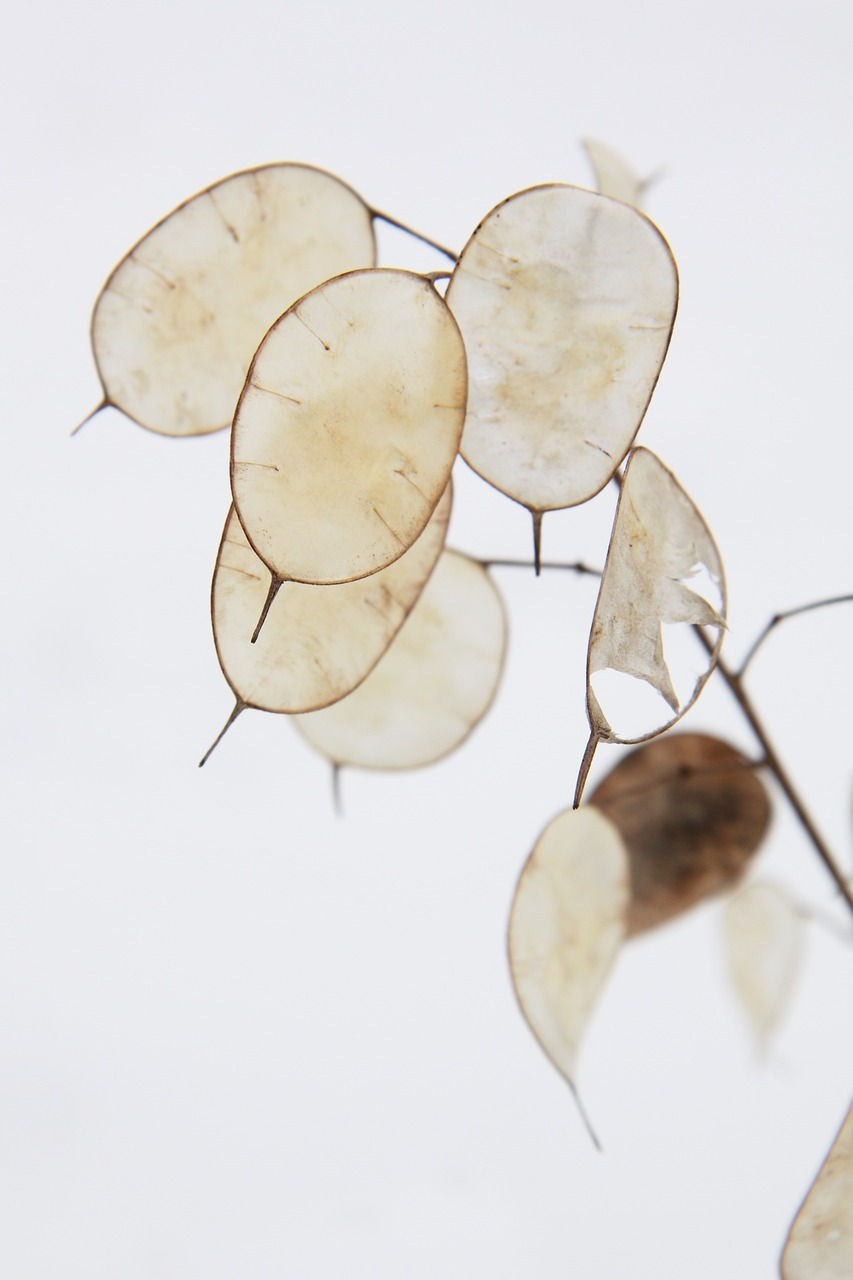If a Job’s Worth Doing . . .
- craiglmlds
- Oct 9, 2020
- 3 min read

If a Job's Worth Doing . . .
I advertised conference in my last post. I hope you enjoyed it as much as I did. The stand-out speaker for me was Sharon Eubank (remember? “union of feeling” and Olympic rowers achieving “swing”). But my thoughts today turn to Elder Bednar’s inspiring remarks at the start of conference. We are grateful he didn’t unleash another global pandemic from his store cupboard! He spoke about the nature of mortal life as a test “And we will prove them herewith, to see if they will do all things whatsoever the Lord their God shall command them.” He analysed the words prove, examine, try and the importance of preparation. I was reminded of the following tale of woe.

Seven years ago I made a mistake. We were refurbishing the whole house, and using a lot of bare wood — new skirting, door architraves and so on. It was pine, with lots of knots. When it came to painting the wood (white throughout) I knew I should use knot sealer/primer before starting.
I didn’t — at least not everywhere.
I thought I could get away with a good undercoat in places. Seven years later I’m reaping the consequences. The knots started showing through the white gloss two or three years ago, unsightly brown blotches. Now I have to do it over, properly this time.
Thing is, at the time I knew it would happen. But I was tired after months of hard work on the house and I just wanted – to – get – the – thing – finished. So I took a few short cuts and hoped. Ever done that? — too tired to do a proper job and just hoped it would work somehow, this time? Come on now folks, a bit of empathy here — you’ve all done something similar, haven’t you? So easy to take the easy road at the start which turns into a hard road in the end. Though maybe not for my grandad (read on).
You’ve probably noticed that for most DIY jobs, preparation takes longer than the job itself. To paint a room you’ve got to: move the furniture – cover it and the carpets too – mask window frames and sills – fill cracks & sand flat (there are always cracks to fill aren’t there) – take down the lights – take down pictures and ornaments – clean/sand gloss surfaces – mask skirtings and woodwork for emulsion – after, unmask them and pull carpets back for gloss painting – buy and assemble the paint, rollers, paint trays and brushes.
Only then can you start to actually paint. Then when you’ve finished, clean brushes and rollers, put everything away and put the furniture, lights, pictures etc. back.
Mmm . . . exhausting just thinking about it . . . might have persuaded myself to put it off a bit longer! But we make a mistake thinking the preparation is separate from the task. Psychologically we feel that slapping on the paint is the “real” job and the preparation an unrelated annoyance, but of course it’s part of an indivisible whole. Elder Bednar was teaching this principle.
My grandad Marshall knew it. He was a railway engine driver, in the days of steam and a tradition of excellence in the railway community — when stationmasters in small village stations would fastidiously clean the station, plant flowers and compete for the best display. My grandad was a meticulous worker in everything. He owned two bicycles: one for Winter and one for Summer. In the Autumn he would take the summer cycle apart, clean and oil each item and hang it all up on hooks in his shed. In the Spring he would assemble it and repeat the process with his winter cycle. His cycles never broke down!

We live in a careless, impatient age; gratification must be immediate. Patient preparation replaced by snappy satisfaction and precipitate pleasure. Somehow we need to slow down. Measure twice and cut once; think; ponder; pray; meditate. Follow Jesus Christ even in the routine preparations of life — then, when he has “proved, examined and tried” us — we can cast our nets on the other side of the boat.



Comments